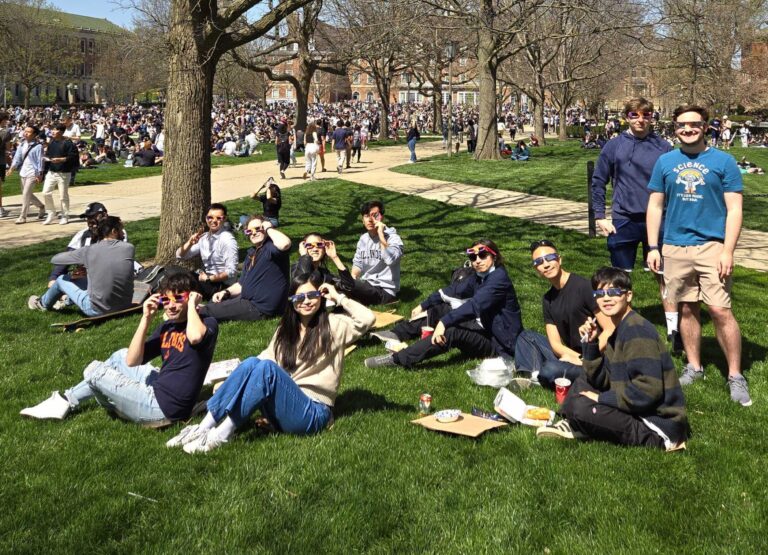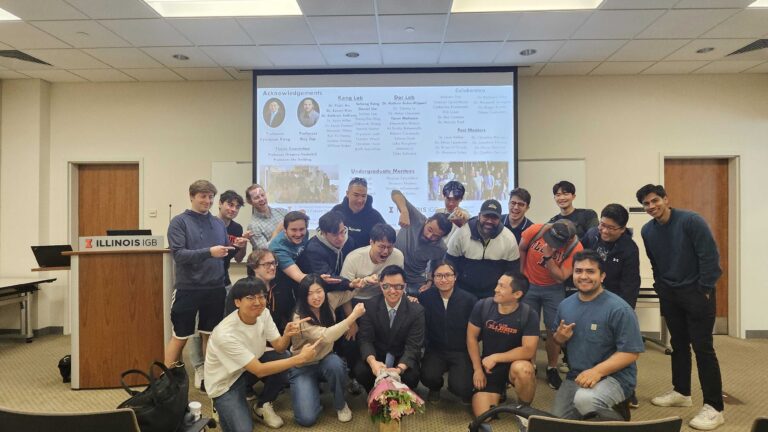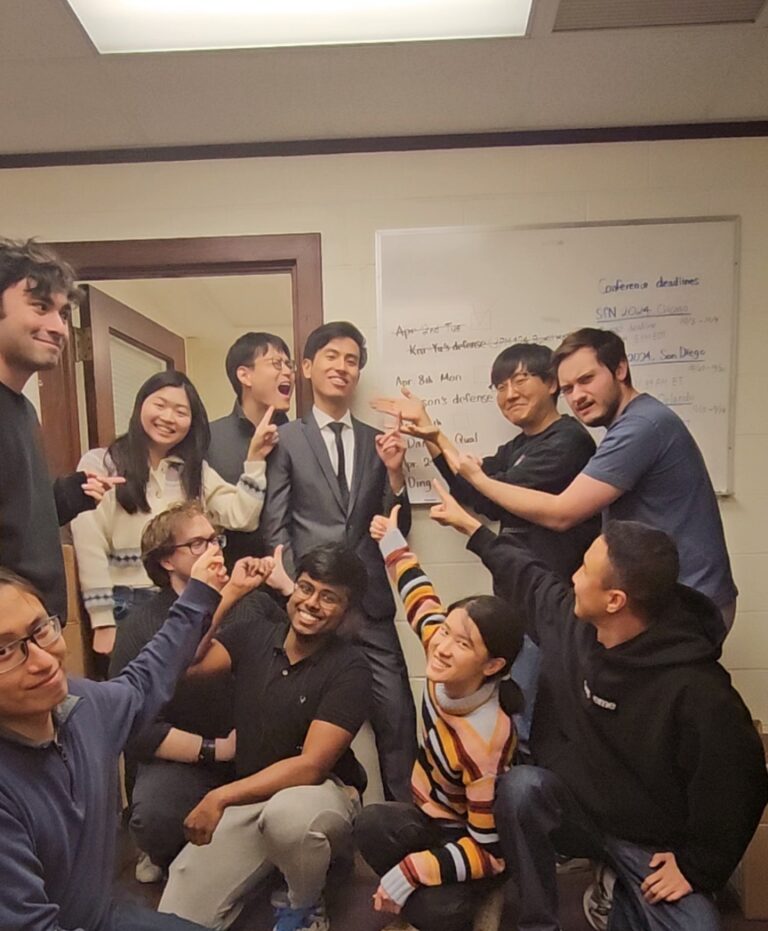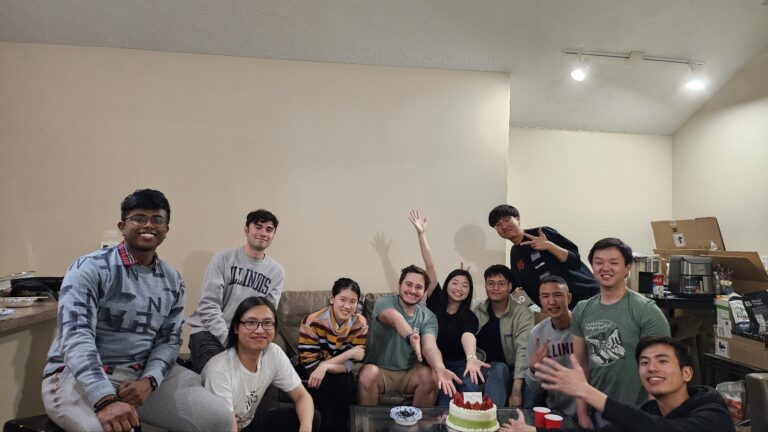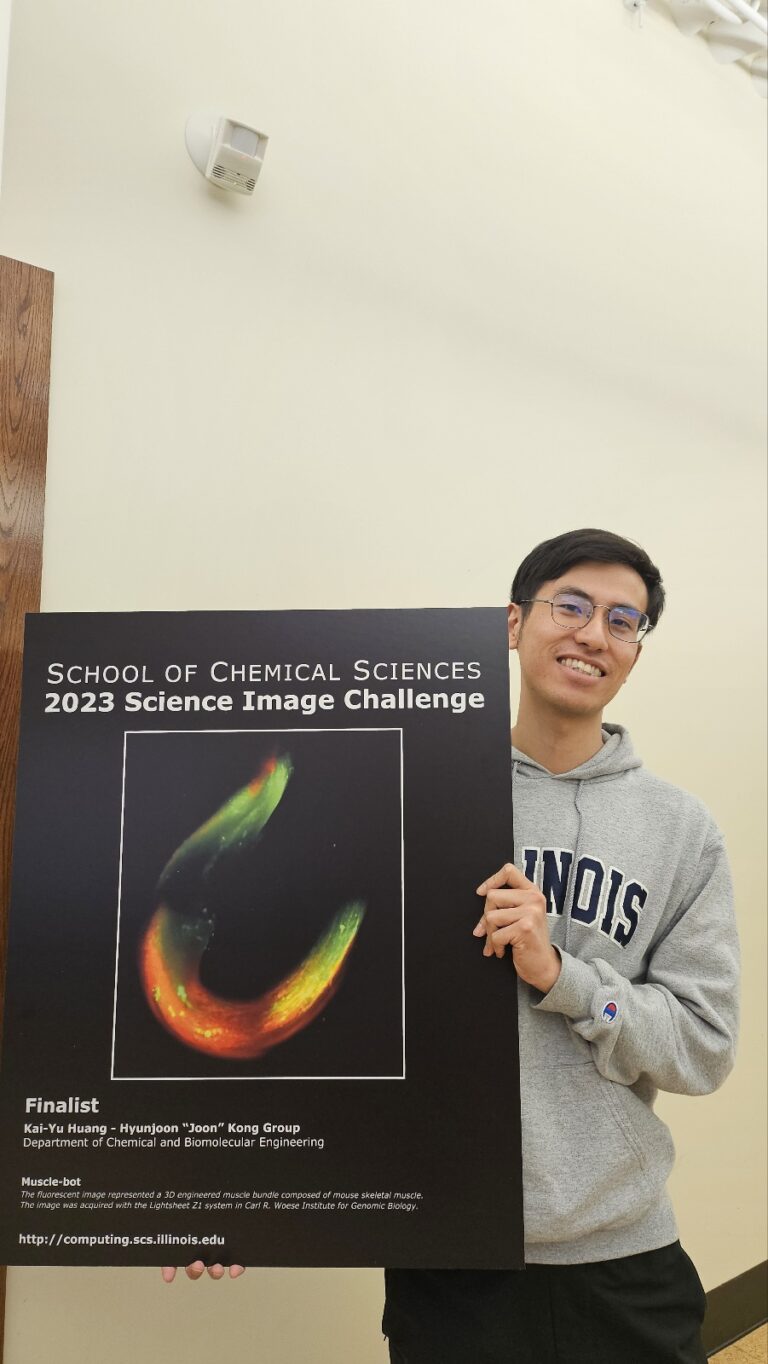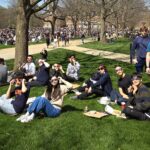Our Mission
Where we go
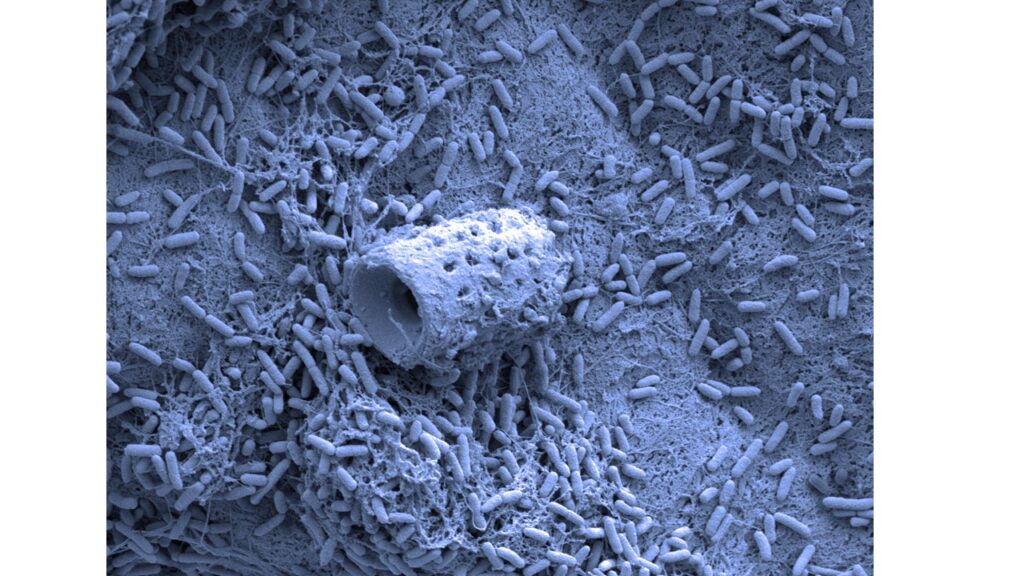
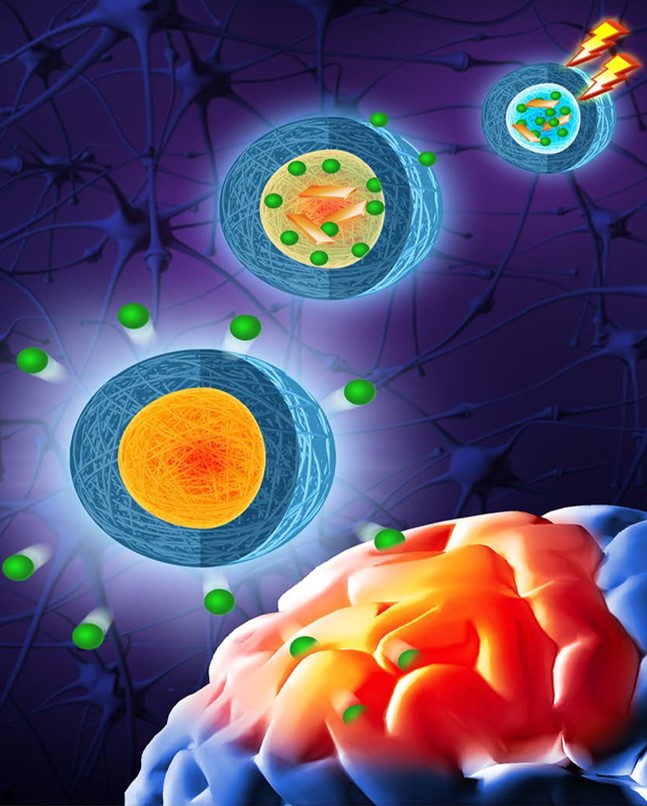

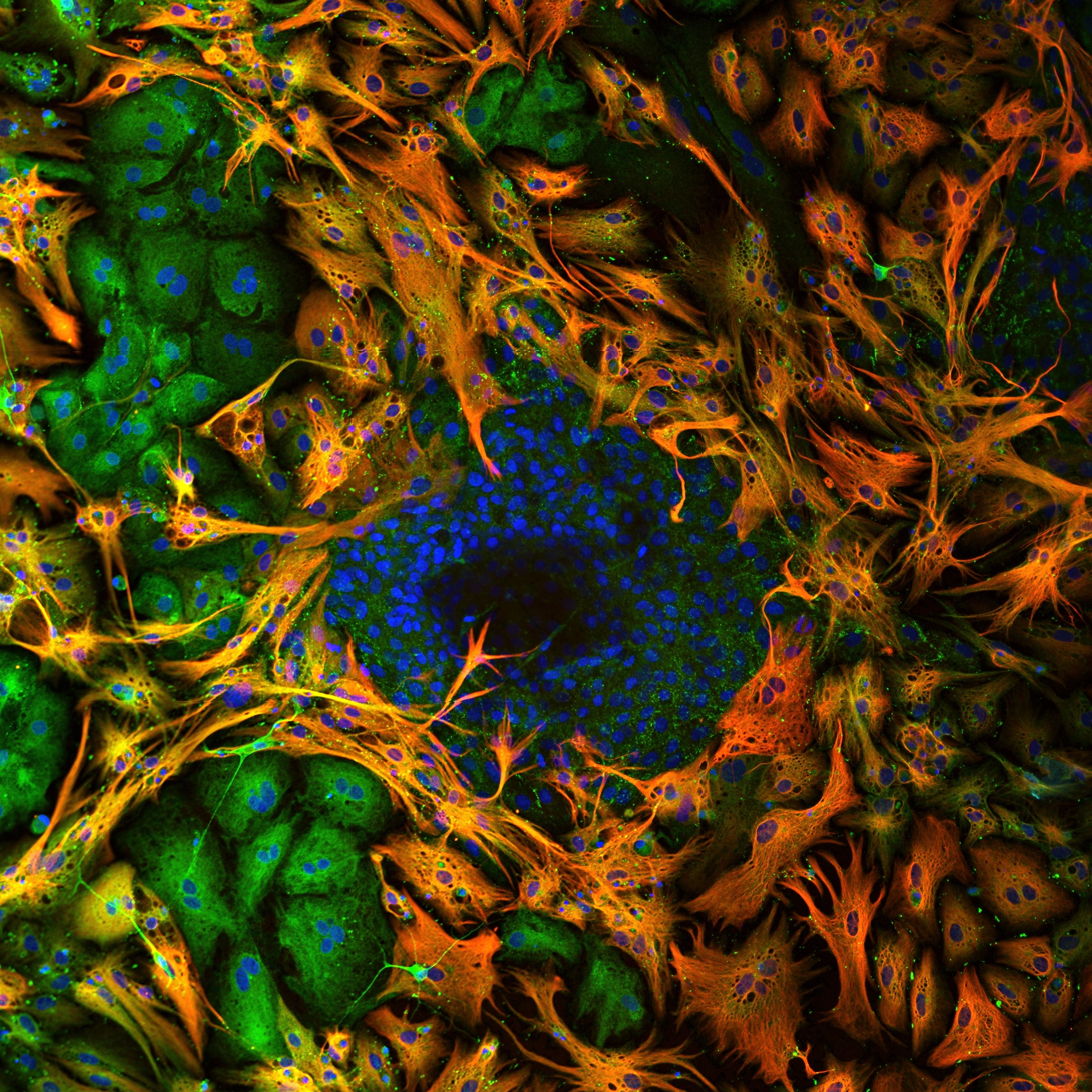
Our group’s overall goal is to develop and study active biohybrid matters (ABM) systems that allow us to understand better and regulate interfacial and transport phenomena related to human health and sustainability. These AMBs range from nano/microparticles engineered with catalysts to soft material-based machines or energy harvesters and organoids that recapitulate and further forward the physiological function of tissue and organs.
To achieve this goal, we focus on the synthesis, characterization, and processing of ABMs with desired structure, property, and functionality. We also study an emergent behavior of these ABMs for (1) Design and fabrication of Active Micro-Motors and machines, (2) Engineering of organoids and microphysiological systems, (3) Micro and Nanomedicine for diagnosis and therapeutics, and (4) Stretchable and non-drying hydrogel.


